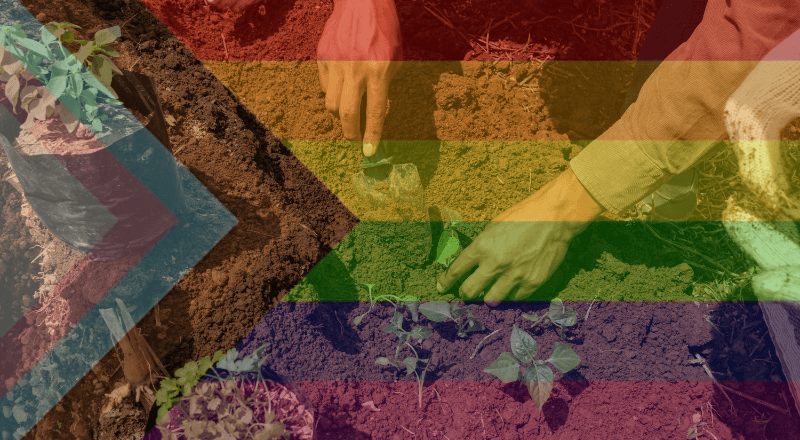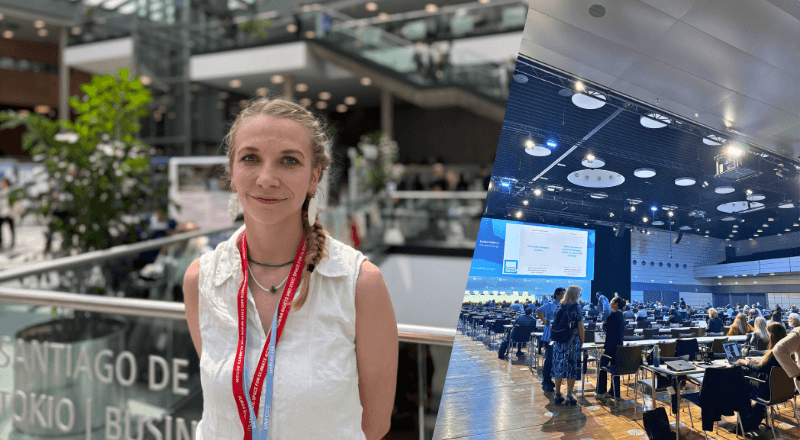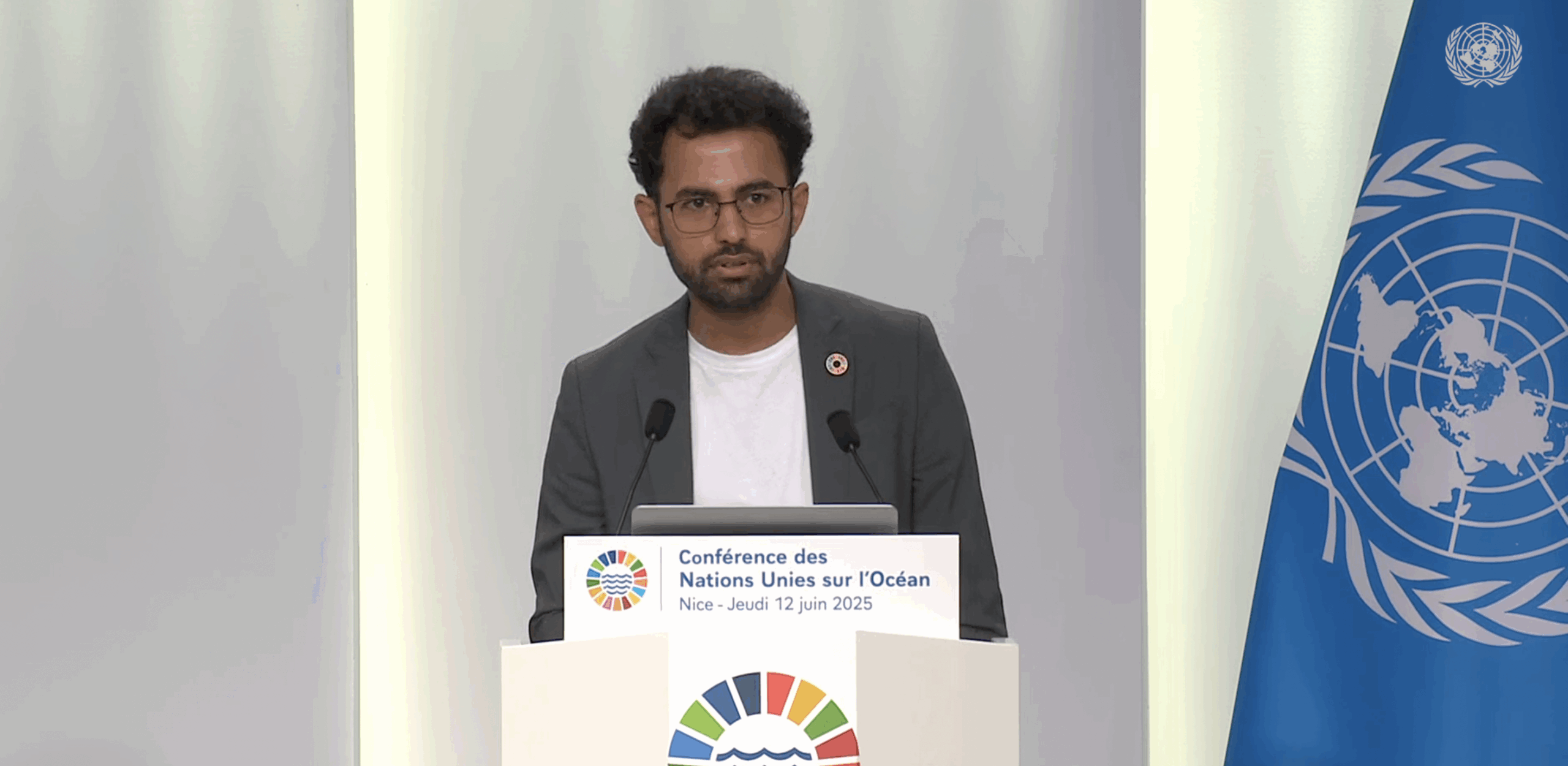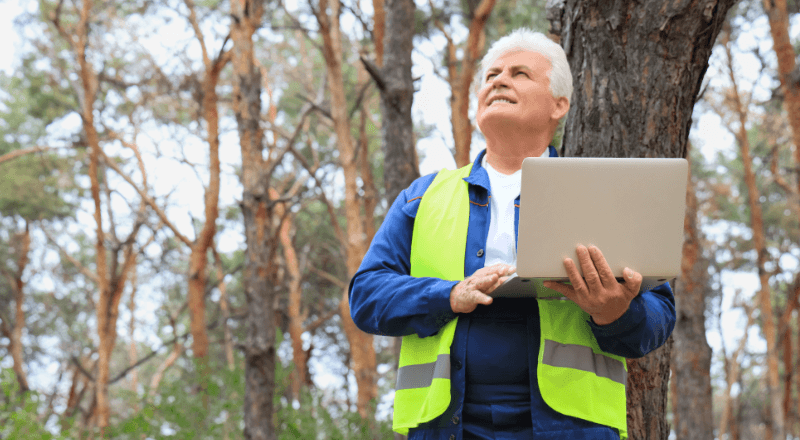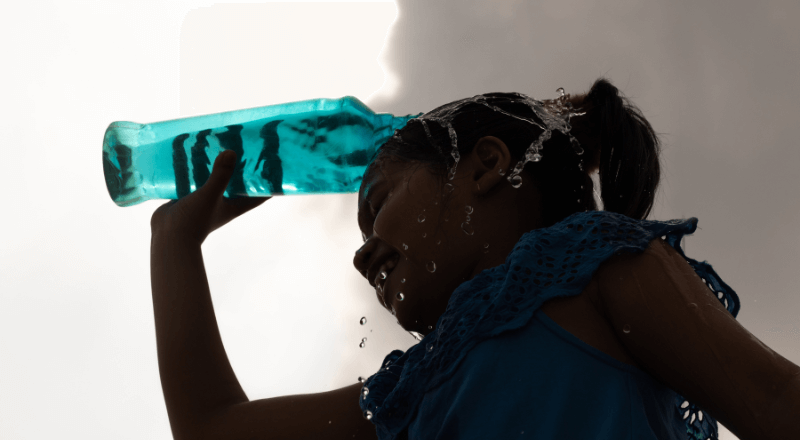
Tree planting is an excellent natural climate solution. And what then? Yes, you guessed it right – they need to survive!
Reforestation is not an easy task and, no doubt, restoring ecosystems does not sound easier. There are plenty of natural challenges for every precious planted tree once it finds a home to root itself at. To make sure trees keep on growing while emanating vitality and well-being, Plant-for-the-Planet takes necessary action. One key term to cover this is survival rates. Never heard of this? Do not worry.
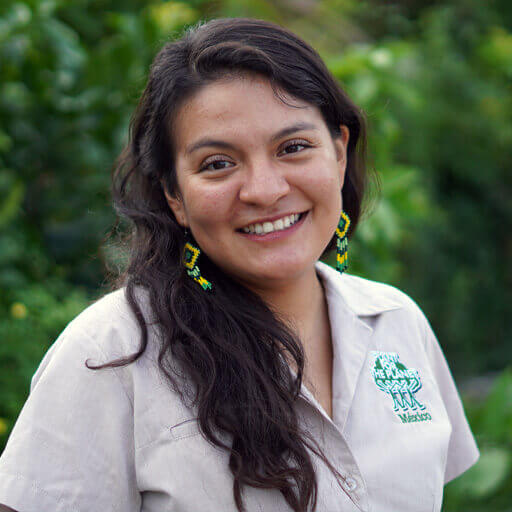
Samantha Davalos Segura, our Restoration Projects Evaluator and a biologist, will explain here. We work with these rates, moreover, we even influence them positively. And we continuously experiment and test things out on our own experimental site in Yucatán, Mexico. Additionally, we verify and collaborate with our science-backed guidelines and warm-hearted local partners – all for the sake of knowledge building and fruitful insights to make our restoration efforts count. Sounds cool and, yes, it very much is. Let us now dive into the fascinating world of ecosystem recovery.
Samantha, what are survival rates? And why do they matter?
In reforestation projects, survival rates indicate how many planted trees survived over a determined time period. Our scientists and researchers investigate biological factors of project sites that directly affect the growth and health of trees. In general, these rates also show us how well certain species have established in the area where they are planted. In other words, low survival rates tell us a lot about the overall condition of the growing areas and the general health of the plants. These insights are important since it directly influences our decisions on how to plant and care for the “right” species for the specific areas! We want to restore ecosystems and not just plant trees. This is why survival rates play a key role here.
Right! Which biological factors?
Of course, there are many reasons and natural causes for the ways in which trees establish or, perhaps, might not continue to grow. Nature is vivid and complex! For instance, degraded soil, pests, invasive species, drought or strong dry seasons – all these factors reduce the chance of the survival of trees. At our restoration project in Yucatán, Mexico the planting season falls into the wet season which is from June to December. We are planting trees during this season when they can be nourished by the tropical rains so that they have the highest survival rates possible.
“The more we know about biological conditions, the more we know how to restore better, hence, the more trees will survive and continue to prosper.”
You mentioned invasive species. Can you explain?
Invasive species are non-native species within a certain area that easily and quickly flourish in ‘their’ new ecosystem. That sounds good at first, but there is a risk of them taking over and unbalance the planting area, thereby affecting the local biodiversity. So, restoring ecosystems efficiently means allowing different native tree species to grow and complement each other accordingly. There are many possibilities to enhance the growth of trees and we constantly work on our experiment site in Yucatán to measure and understand the factors that influence survival rates.
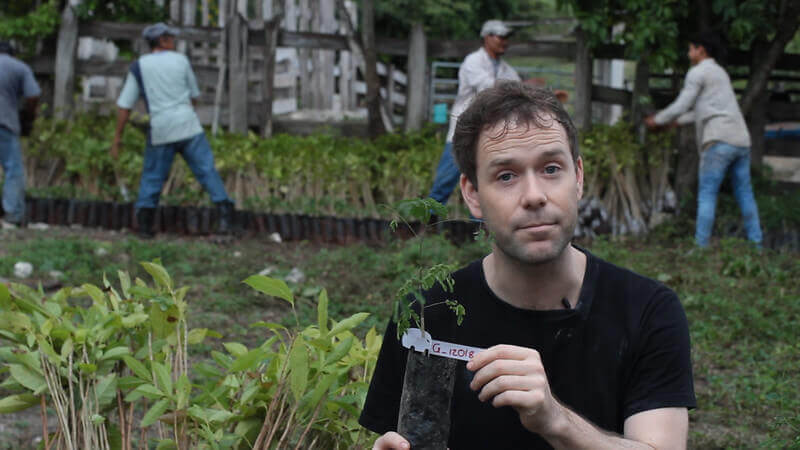
Interesting! An experiment site? What exactly happens there?
Our scientists from ETH Zürich and Imperial College London manage large-scale restoration field trials (16 000 trees in 2020) within our Research Forest PlanBe” project to better understand the restoration process of tropical forests.
For example, one hypothesis suggests that adding conserved forest soil to a tree planting hole could increase survival rates since it would enhance soil microorganism diversity in degraded soils and therefore foster trees to grow.
Another testing aims to measures how many trees should be nitrogen-fixing in an area – especially since these trees can naturally fertilize the soil. As already touched upon, the selection of tree species and their various types are important factors when restoring an ecosystem. For example, in Yucatán we plant species that are well suited for the soil types and successional stage of the restoration area, meaning they are more likely to survive, see “Planting over 20 Native species”.
Additionally, we will conduct an experiment – set up in September 2021 – that focuses on how forest recovery rates which are influenced by trees’ characteristics, diversity and the “right” pick of tree species. In other words, several tree species mixes will be planted that aim to foster diversity and enhance the richness of species in ecosystems.
There is one thing I need to add here. If trees do not flourish well, it does not automatically mean that our restoration effort was not efficient enough. But, again, it always adds to a further comprehension of the sites’ natural occurrences and characteristics we need to consider. This is why our research is so fundamental. We gain further insights and produce useful knowledge that is not only indispensable for our Yucatán Restoration project. Every progress we make, every insight we gain will eventually make our restoration projects more successful. And that is pretty much the purpose. The more we know about biological conditions, the more we know how to restore better, hence, the more trees will survive and continue to prosper.
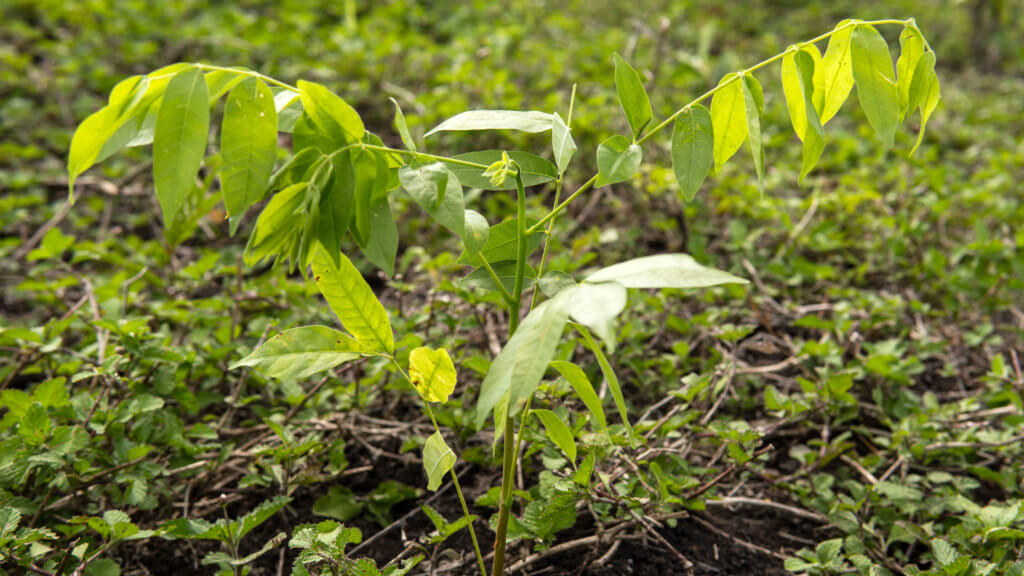
Are there any other measures to safeguard the trees’ survival?
As a Restoration Projects Evaluator, I am responsible for our Plant-for-the-Planet guidelines. They aim to measure and assess each restoration project and to bring quality standards.
Guidelines are incredibly important since we want to make sure all the projects present in the platform are reliable and transparent. Besides social and economic standards, we seek to determine how project partners select their tree species and take care of their areas. For example, aspects like monitoring and tree sourcing ask for indicators like the use of local knowledge when choosing and planting. Some project’s objectives highlight biological characteristics including rapid growth, high survival rate and resistance. This way, projects are being double-checked and reviewed accordingly to their specific objective. Guidelines and on-site field review processes help us to find out more about restoration requirements and specifically better understand each local planting and community site.
Samantha, that was thrilling! Thanks a lot for your time.
Plant-for-the-Planet takes care of its planted trees. Thanks to the help of our fellow scientists and project partners, we continuously find out more about how to restore ecosystems more efficiently.
Visit Yucatàn Restoration to learn more.
